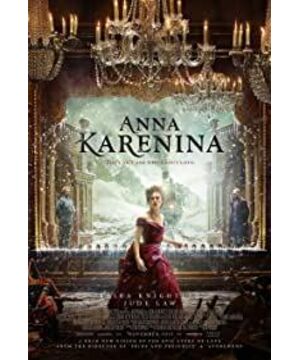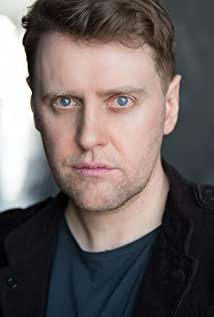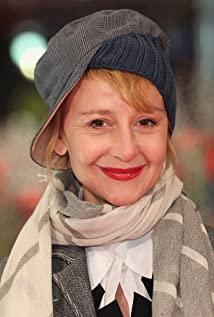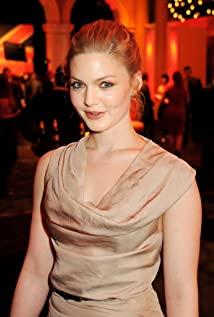The way the stage plays hits my nerves. Surrealistic stage design, smooth light and shadow and gorgeous costumes, complex stage scheduling, handling of alienation effects, montage-like time and space transformation... I think this is a near-perfect way to handle this classic play , I do not reject the combination of this form and contemporary.
The following different images eat away at my senses.
Everything changes rapidly in silence, always defeated by all kinds of eyes, blue lenses, brown pupils, green eyes, only separated by a black lace veil, and the steam of the train, everything will be Changes are taking place. "what is love? always..." is my favorite opening line.
During the waltz at the dance, people were spinning on the dance floor, but only one black and one white could be seen, and there was a fierce competition. Rhythm, dizziness, being held up high, accelerating constantly, the people around are as still as sculptures, sometimes Anna is alone in the audience, and sometimes it is full of pomp and pomp... All joy, confusion, helplessness, madness between this reality. Kitty is constantly changing dance partners, while vronsky and Anna's delicate dance steps are constantly matching, deepening and accelerating, accompanied by nervous breathing, and excited heartbeats... The camera changes back and forth, and rumors and love happen in an instant. In the end, the eyes of kitty and Anna met, and Anna fled... This part is my favorite part of the whole play. The psychological portrayal is very detailed, but it is the impatient love that drives a sense of shame, encourages, incites, and is brave People, fall in love...
In the rococo frame-like setting, Anna sits beside her son's bed like a painting of the Madonna by Leonardo da Vinci; Anna hides in the dark second floor and peeks at the mysterious backlight of Vronsky, more like An oil painting by Rembrandt; and the aesthetic poetry shown by the Impressionists is the lingering of Vronsky and Anna in the woods... And all of this is like a dream bubble, and everything is accompanied by the crystal lights above the stage. Landing, she said, "no, I don't want you to go."
In the sunshine, Constantine sweats and harvests the wheat, the drizzle wets the green leaves, the kitty bathes the baby in the warm light, and the light piano music of Bach floats in the fine mist. This is rational and true. He said he understood, then I also understood, this is also the deepest love, the last sentence "forgive my youth and ignorance" spelled out by building blocks in the silent drama of kitty and Constantine.
In the sun and the sea of flowers, Anna's figure is very similar to Monet's "Woman with a Parasol".
View more about Anna Karenina reviews











